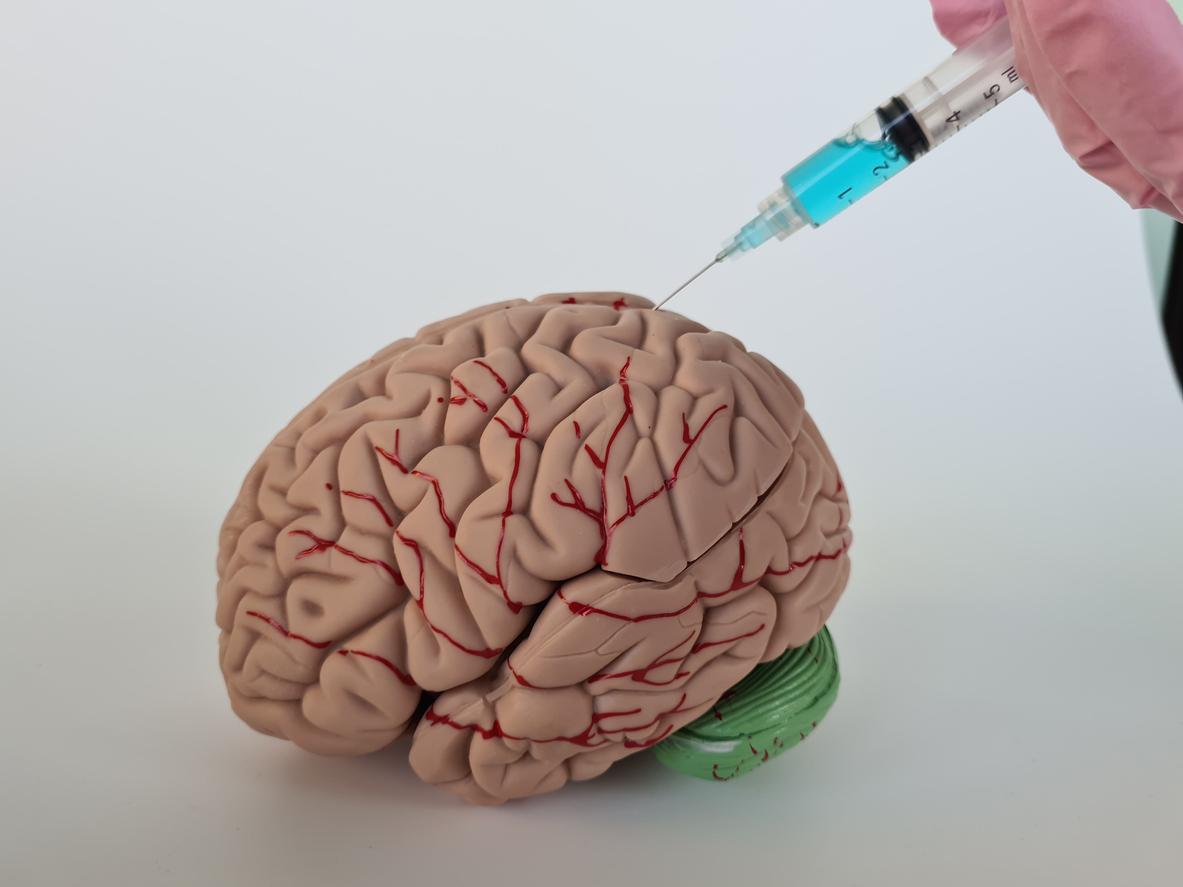- What is throat cancer?
- What are the types of throat cancer?
- What are the causes and risk factors of throat cancer?
- What are the links between throat cancer and papillomavirus?
- What are the first symptoms of throat cancer?
- How is throat cancer diagnosed?
- What treatments are offered according to the stages?
- What life expectancy, effectiveness of treatments?
- Can this cancer be prevented?
Throat cancer concerns what is called in medicine, the cancers of the upper digestive tract (VADS). According to figures put forward by Ameli.fr, the number of new cancers of the lips, mouth, pharynx and larynx was estimated at more than 15,000 in 2017. How to prevent them? How to treat them? We take stock with Dr. Thomas Feutren, oncologist and radiotherapist at the Georges Pompidou European Hospital.
Key points to remember about head and neck cancers:
- The age of onset of these cancers is generally between 50 and 64 years old, but can affect younger patients
- ENT cancers are the fourth location of cancer and the fifth cause of cancer death in France
- They affect the upper part of the respiratory and digestive tracts (nose, mouth, throat, trachea and esophagus)
- Tobacco and alcohol are major risk factors, but also HPV
- They affect men more than women.
What is throat cancer?
“The throat divides into several parts, the pharynx and the larynx. It is therefore the uncontrolled and uninterrupted proliferation of malignant cells in these two organs”, explains the radiotherapist oncologist, Thomas Feutren, practitioner at the Georges Pompidou European Hospital, contacted by Top Santé.
What are the types of throat cancer?
What are the types of throat cancer? “Squamous cell carcinoma, which develops from the mucous membranes of the throat, is by far the most common type at this level”, says the specialist. It affects the larynx or pharynx. Other cancers, much less frequent, can also affect other tissues, in particular the glands, we then speak of tumors of the salivary glands.
What are the causes and risk factors of throat cancer?
The two main risk factors for throat cancer are smoking and alcohol consumption.
Another risk factor, less involved in the occurrence of throat cancer than tobacco and alcohol but increasing in recent years, is contamination with human papillomavirus (HPV).
Recent studies have also found a link between the consumption of very hot drinks and the occurrence of cancers of the throat and esophagus. People who drink their tea or coffee very hot are 3 to 4 times more likely to suffer from throat cancer.
Other rarer risk factors are the inhalation of irritating vapors or dust in the workplace (sulphuric acid, hydrocarbons or formaldehyde, for example). Head and neck cancer can also be recognized as an occupational disease.
What are the links between throat cancer and papillomavirus?
THE human papillomaviruses (HPV) cause sexually transmitted infections. Very frequent, they are transmitted by contact with the skin or mucous membranes between two individuals. “Oral infection occurs sexually during orogenital intercourse”, explains the Gustave-Roussy Cancer Center. The authors continue: “it is considered that 70% of these infections will be spontaneously eliminated by the immune system the first year following contamination and 90% before the 3rd year. Only a minority will persist for many years and may in some cases evolve into a cancerous lesion”. The delay between the viral infection and the onset of cancer can be of the order of 10 to 15 years, sometimes more.
What are the first symptoms of throat cancer?
Most often, these cancers are initially asymptomatic when these lesions are precancerous.
Then, may appear:
- A dysphonia : a change in the voice which becomes more and more hoarse
- A discomfort when swallowing
- Of the pain that may radiate to the ear
- A loss of appetite
- A neck lump
- There sensation of having a foreign body in the throat
- A impression of having a dragging angina
How is throat cancer diagnosed?
“In the first place, you should consult an ENT who will carry out a clinical examination and a nasofibroscopy, an examination of the mucous membrane of all the nasal cavities, pharynx and larynx”, explains the oncologist. On this occasion, the specialist may also take a tissue sample for a biopsy. “An ENT and thoracic CT scan with injection of contrast product makes it possible to assess the extension. A PET scan can be done when distant metastases are suspected. MRI will be especially interesting for lesions of the oral cavity and nasopharynx”, adds the specialist.
What treatments are offered according to the stages?
Treatment for throat cancer will depend on its location and size. “There are three therapeutic modalities. Surgery is the first treatment for cancer of the upper aerodigestive tract. Radiotherapy is also used, sometimes combined with chemotherapy, we then speak of radiochemotherapy. In the event of metastatic disease, we will offer systemic treatment”, explains Thomas Feutren.
What life expectancy, effectiveness of treatments?
“These are cancers that we manage to treat correctly but what will be decisive for the success of the treatment is on the one hand the stage of the disease, in other words the extent of the cancer at the time of diagnosis and on the other hand the general condition of the patient . It is sometimes too weak to be treated in a maximalist way, we then make a compromise to find a personalized treatment plan that best suits the patient”, says our expert.
Can this cancer be prevented?
Quitting smoking and alcohol are the two main levers of prevention against throat cancer. Vaccination against HPV is also part of the preventive strategies as well as a healthy and varied diet: eat fruits and vegetables, at least 5 per day.
Source :
Interview Dr. Thomas Feutren, oncologist and radiotherapist at the Georges Pompidou European Hospital.
Read also:
- Cervical cancer: symptoms, diagnosis, treatment
- Head and neck cancers: what are the warning signs?
- Loss of voice: causes, duration, what to do?
















